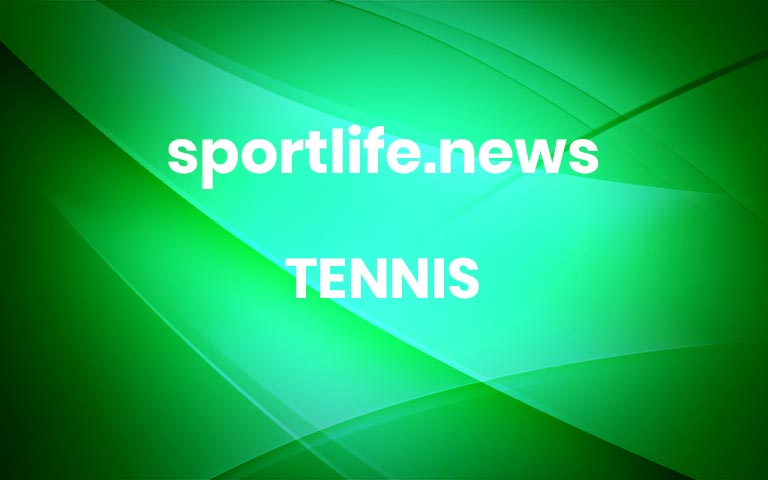A Stumble, a Scream and Venus Williams Is Out at Australian Open
#masthead-section-label, #masthead-bar-one { display: none }The Australian OpenWhat to Watch TodayHow to WatchThe Players to KnowTesting Australians’ VIrus AnxietiesAdvertisementContinue reading the main storySupported byContinue reading the main storyA Stumble, a Scream and Venus Williams Is OutWilliams played through a painful ankle injury in her second-round match against Sara Errani. But her grit could not prevent her latest defeat.Venus Williams needed treatment on her ankle and knee in the first set.Credit…William West/Agence France-Presse — Getty ImagesFeb. 10, 2021, 7:26 a.m. ETMELBOURNE, Australia — Venus Williams moved toward the net in pursuit of a short return, a little stiffly because of her liberally taped left knee. Altering her stride when she saw the ball clip the net, she rolled her right ankle. Her anguished cry echoed through Melbourne Park’s John Cain Arena, causing the fans sprinkled throughout the stands to sit up straighter.At that point, Williams, the grande dame of American tennis, trailed by 1-5 and 0-15 in the first set of her second-round match against Sara Errani of Italy.“I didn’t understand what she had in the beginning,” Errani said, adding, “I was scared.”Errani said she pleaded with the chair umpire to do something. “I was telling him to go, please go to her,” she said.Williams, 40, a seven-time Grand Slam singles champion and the oldest woman in this year’s Australian Open, was down. But she was not out.Trainers were summoned, and Williams held back tears in back-to-back medical timeouts as her right ankle was taped and her left knee was mummified.Sara Errani, right, said she pleaded with the chair umpire to call for help when Williams rolled her ankle.Credit…Jason O’Brien/EPA, via ShutterstockAt No. 81 in the world, Williams was ranked 53 spots higher than Errani, a qualifier. Williams’s streak of never having lost to a player outside the top 100 in 20 previous trips to the Australian Open was about to end. But in that moment on Wednesday, Errani was taking no chances.“I was thinking to be ready, that anything can happen,” Errani said.On Monday, Williams had dispatched Kirsten Flipkens to become the sixth woman in her 40s to win a main draw singles match at the Australian Open, joining a group that includes Billie Jean King.Asked afterward if she thought of her age when she was on the court, she stared sternly at her inquisitor and asked, “Would it be front of mind for you?”“Not necessarily,” he replied.“There you go,” Williams said.After her injury was treated on Wednesday, Williams rose and hobbled to her side of the court, dragging her left leg behind her. Somehow, she won two points before dropping her service game and the first set, 6-1, in 44 minutes.During the changeover, Williams sat with her head in her hands, disconsolate. But she was not done.She gingerly rose and made swing and serving motions with her racket and shuffled from side to side to test her sore right ankle and her stiff right knee. And then she played on.Williams lost the first point of the next game after an 11-shot rally. She loped forward on the second point but netted her volley. She earned a point with a blistering return of a serve, then lost the game when, on the 11th shot of the rally, Errani landed a drop shot that Williams could not chase down.Serving flat-footed, Williams was broken at 30-40 with another drop shot, which she tracked down but returned long.Williams hung in — earning three break points in the next game and then saving two before losing her next service game. After Errani held her own serve again, Williams was down by 0-5.Serving to prolong the match, Williams had a game point at 40-30 but couldn’t convert it. She staved off two match points — the first with a forehand winner on a 13-shot rally — before Errani converted her third to win, 6-1, 6-0, in 1 hour 15 minutes.“Not really happy to win like that,” Errani said in an on-court interview. “I was so sorry for her.”In a news conference afterward, Errani said she focused as best she could “on my tennis and what I had to do and that’s it.”Williams, 40, did not speak with reporters after Wednesday’s loss, and it was unclear if she had played her final singles match at the Australian Open.Credit…Hamish Blair/Associated PressWilliams, who declined an interview through the WTA, left the grounds. Will she be back for a 22nd Australian Open?“I just like being here,” she had said before this year’s tournament, professing a love for Australia. “I never leave early. I usually always hang around after, you know, if it’s not the result I wanted.”In 2017, Williams lost to her sister Serena in the final in Melbourne. Since finishing as the runner-up at Wimbledon and advancing to the semifinals at the United States Open later that same year, she has not advanced to the second weekend in singles at a Grand Slam. But earlier this week, she sounded as if she was not done trying.After her victory against Flipkens, Williams had said: “I’m trying to get better every day. I think that no matter what happens to you in life, you always hold your head up high, you give a hundred million percent. That’s what I do every single day. That’s something that I can be proud of.”AdvertisementContinue reading the main story More


